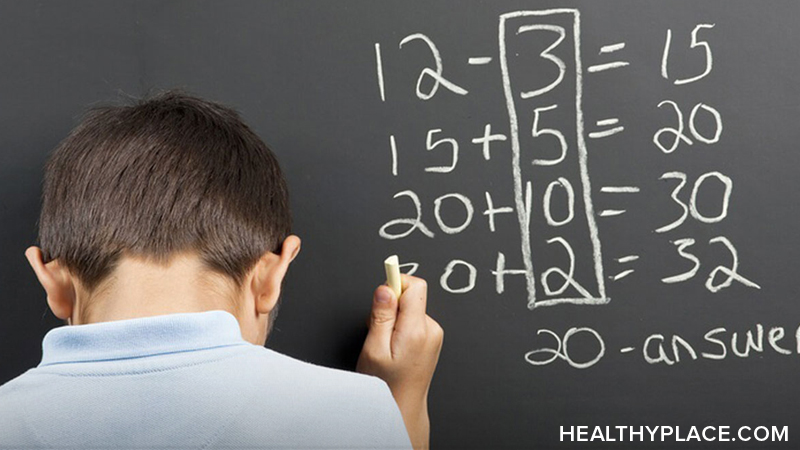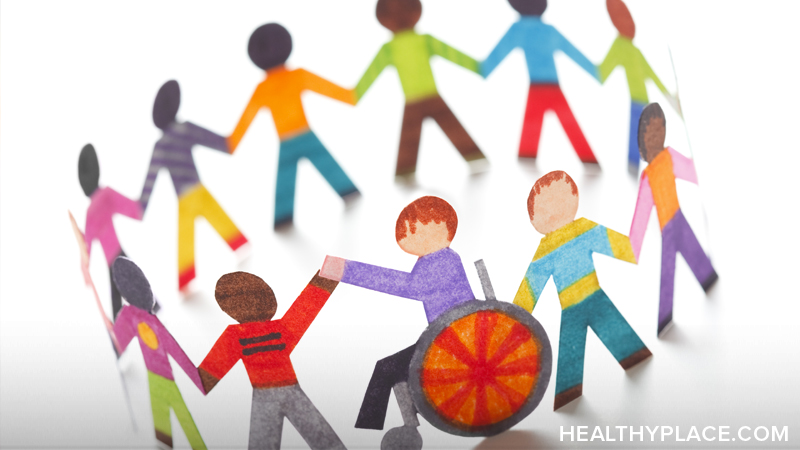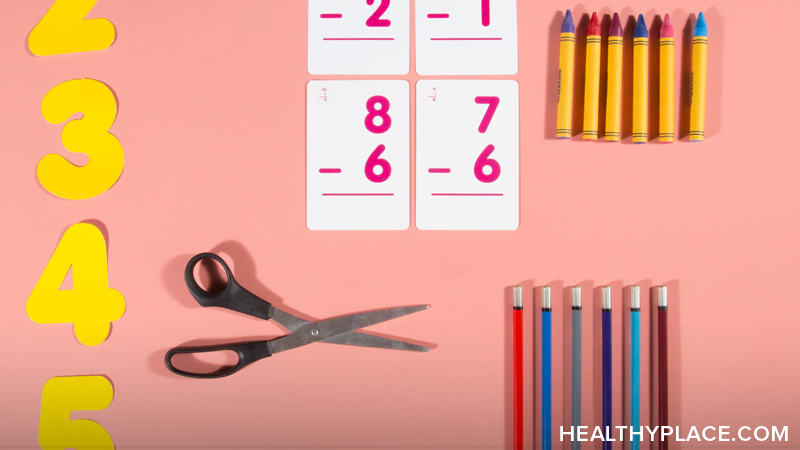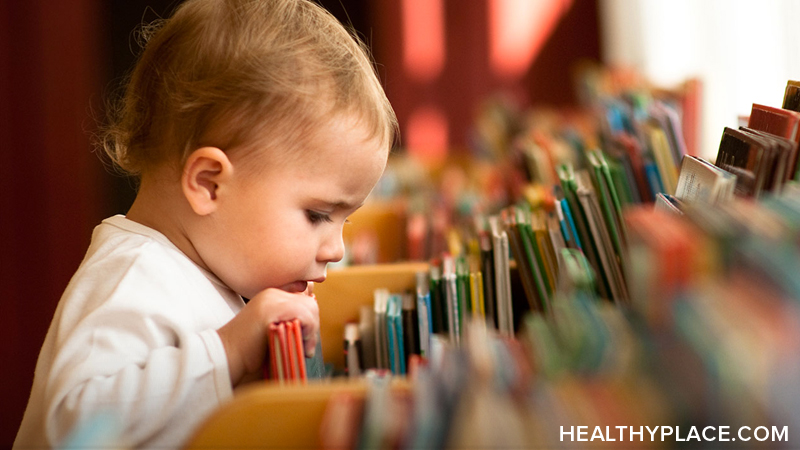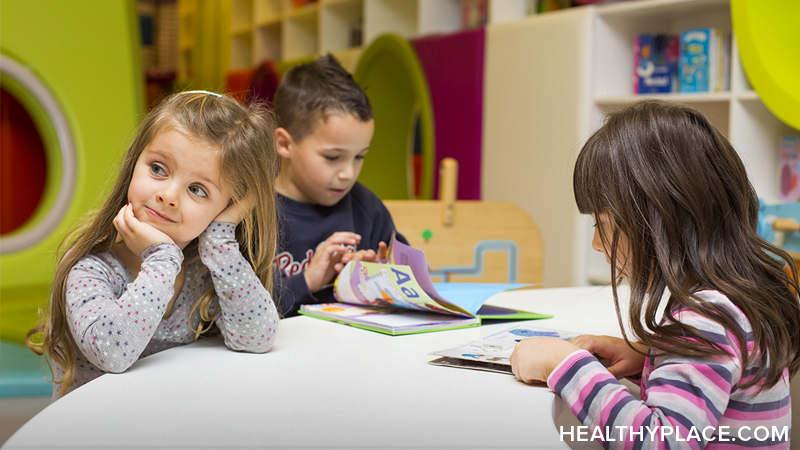
Children need to know right from wrong. Learn how to give your child constructive criticism.
Introduction
We have an obligation to teach our children how to conduct themselves properly in the world. Part of this duty requires us to correct their mistakes in behavior. One of the ways we do this is through giving our children constructive criticism.
First, we need to stress that to give this criticism to our children is not an option, it is an obligation. As parents, we have a duty to redirect our children. It is not in our children's best interests nor do we do them any favors if we do not guide them properly. When we see things that come up in their daily lives that they do wrong, we must correct this behavior. How can we, as parents, redirect our children's behavior in such a way that it does not get in the way of the healthy parent-child relationship?
How to Give Criticism Constructively
There are a number of things we should remember when redirecting our children that will make our criticism more accepted and more effective.
1- Children Have Feelings
This is probably the most important thing to remember when criticizing our children. It is obvious to everyone that children have feelings. Yet, very often, it is something that we as parents forget.
Children, particularly when they are small, are completely in our control. It is easy to forget that they are little people. They have feelings that can be hurt and self-esteem that can be crushed if we criticize them in a non-constructive belittling way. We must try to relate to them as we would like others to relate to us.
2- Have Your Message Clear
The goal of proper criticism is to get your message across to your child. That means you have to have a message. If you don't have an idea you are trying to convey, then all you are doing by criticizing your child is venting your own anger and frustration. You will do nothing positive for your child, and your child will not change his behavior in the future. Remember, your goal with criticism is to educate, not to punish or embarrass or to seek revenge against the child. When you criticize you must have something you are trying to teach.
3- Deliver Your Message Properly
You must give a rebuke. It is your obligation as a parent. You have an obligation to raise your child properly. The point is that it should be given in a positive manner. To do this you must satisfy a number of conditions.
a. Criticize the behavior, not your child
This is critical. Direct your criticism toward your child's behavior. It has to be clear to your child that it is the behavior that upsets you, not him.
b. Don't label your child
Children get their sense of whom they are from what others tell them. When a parent gives a child a label, this label will eventually stick, with disastrous consequences.
I recently heard the following story:
A teenager came to consult with a well-known educator about the problems he was having with his parents. Here is how the conversation went at the start of their first meeting.
"I don't get along with my father. We're not anything alike. My father- he's driven. He gets up early in the morning. He works all day. In his free time, he's involved in a bunch of charity organizations. He is always taking classes. All the time, he's on the go doing things here and there. He never stops. And me..."
"Yes?"
"I'm a lazy good for nothing bum."
So what actually happened? The father of this boy grew up in the depression. He was extremely poor. Through tremendous hard work, he pulled himself out of poverty and is now quite wealthy. But all his life, he maintained the same work ethic that delivered him from poverty.
The son, on the other hand, grew up wealthy. He has a new car, a pocket full of credit cards and anything that he wants, he can buy. What does he have to work for?
So the father, even on his days off, gets up early and is always doing something. The son, a typical teenager likes to sleep late. So the father watches the son sleeping, 9 am, 10 am, 11 am, and he's frustrated. He can't get his son to do anything.
Finally, he goes to his son and tries to get him out of bed.
"Get up! Get up already! Get up you lazy good for nothing bum!"
This went on for a year or two.
The father was trying to convey to his son a message. "Don't sit around and waste your life. Get up and make something of yourself."
This is a great message, but it was lost. The message that went in was "you're a lazy good for nothing bum." This label went in so deep that on the first meeting with a complete stranger, this is how the boy introduced himself.
The bottom line is don't label your child. It will almost certainly have negative results.
c. Give your rebuke privately
It will be hard enough on your child to have to bear your criticism. You should do everything you can to spare him the embarrassment of having you rebuke him in front of others.
d. Don't dwell upon the past
The only valid criticism is for the future. What the child did is over. You should acknowledge the mistake but make it clear that the reason you are speaking to your child is so that he can improve in the future.
4- Offer an Opportunity to Correct the Wrong
Your child has to know what he did was wrong. He should also be given the opportunity to redeem himself by correcting his mistake. You should have suggestions on how the child can correct the wrong. This will give your child the message that he can't hurt others and just walk away. He must say he's sorry or do the victim a favor. It gives him a chance to take responsibility for his actions. It also allows him to put the misdeed behind him and go on.
5- Deliver the Criticism with Love
This is vital. Criticism is a gift. It is a gift of knowledge, it is a gift of values. But it is an unwanted gift. Still, it is a gift nevertheless. No one wants to hear criticism. Our goal when we give criticism is to do it as painlessly as possible so it will be received properly.
It must be clear when you deliver your message that you are doing it for your child's sake. If your child knows that what you are saying is because you love him, the message will be better received.
If you are angry, all the child will hear is the anger. What the child will hear is "You don't like me." Nothing else will be heard. You must make it clear to your child that you are criticizing because you care about him. You cannot let the message get blurred out by the static of your emotions.
This is not easy. It is easy to write about it and to read this when no one is around and things are calm. It is much harder to apply this idea when there is a tumult going on and the tensions are high. Still, we have to acknowledge at least the proper way to do things. Or else we will never be successful.
6- Try to See Your Child's Point of View
We, as parents, are not faced with the same challenges as our children. This leads to a very reasonable response, at least in the mind of the child, to think, "Who are you to criticize me? How do you know what I am going through? You don't understand me."
This is a legitimate response. Your child doesn't see you as a former child. Your child sees you as a stable adult. Now, you may understand your child perfectly, but your child doesn't know that. It helps when you give criticism to visualize things from your child's perspective and couch your words is such a way that your child knows clearly you understand him.
7- Sometimes it is Better to Delay the Criticism
We have a knee jerk reaction to respond immediately when we see our children do something that we don't like. This is a normal reaction. However, you should always try to think if this is the best time and place to rebuke your child.
When your child does something wrong, he will be expecting the criticism right away. When the child is expecting the reaction, his guard is up he will react by defending himself and fighting back. He will not hear what you say and he will be defending himself.
Sometimes it is better to wait until things quiet down. Then you can discuss with the child rationally and the child will hear it. You will also be calmer and be able to deliver a better message to your child.
8- Sometimes no Criticism is the Best
The purpose of criticism is to correct future behavior. If it is clear to the child that he did something wrong and if the child feels bad about what was done and he is not likely to repeat it, there is nothing added by acknowledging his misdeed.
Mistakes When Giving Criticism
Under the best circumstances, it is very hard to give criticism properly. However, there are a number of factors that make it that much more difficult to constructively address your child's wrong behavior. Usually, you will not be able to control these factors. However, if you are aware of them, it will put you on your guard to be extra careful when rebuking your child.
1- If You are Close to the Situation
It is very easy for me to remain unattached when someone else's child misbehaves. When someone else's child opens a box of crayons and starts drawing on the walls of the department store, I must confess that it really doesn't bother me at all. I might even find it amusing. However, I am sure the parents of that child don't view the situation the way I do.
As a parent, you are automatically involved in the situation. This makes it hard to think clearly and logically. It also makes it much more likely that your response will be wrong.
2- If the Problem Affects You Directly
Often one of my children will do something to his sibling. It is not hard to stay detached and respond appropriately when that happens. However, when I am the victim of the misdeed, it is much harder to view the action objectively and respond correctly.
3- If You Need to Respond Immediately
It is always better if you have time to think out and plan your response. However, we don't often have that luxury. Usually, our child's behavior must be addressed immediately. You should know when this happens, it is much more likely that you will make mistakes.
4- If the Child did Something to You in Public
We are all very concerned about our public image. When our children embarrass us in public, either through an inappropriate behavior or a direct attack, it is very hard to give an unattached appropriate response.
The only way I know that you can always be successful in these four scenarios is if you anticipate it ahead of time and plan out your response. This is not easy to do. I know from personal experience that my children are much more creative than I, and I can't usually guess what new things they are going to do. Still, every once in a while, I do get it right and when I can't prevent their misdeed, I can at least respond to it appropriately.
Conclusion
I want to point out that the principals that we have discussed apply when you need to rebuke anybody. The difference is that for anyone else we usually can choose whether or not to get involved. As a parent, we do not have that option. We are automatically involved.
We have an obligation to correct our children's behavior. Our children need our guidance. It is a terrible example when parents let their children do what they want without direction. The children may act like they like the freedom, but these are the children who grow up not knowing right from wrong and not realizing that there are consequences for bad actions. Eventually, these children feel that their parents really don't care about them. Often they are right.
It is hard to be a parent. But the more effort you put into steering your child on the proper path to adulthood, the more happiness you will have when you share in your child's successes through his life.
Anthony Kane, MD is a physician, an international lecturer, and director of special education. He is the author of a book, numerous articles, and a number of online courses dealing with ADHD, ODD, parenting issues, and education.
